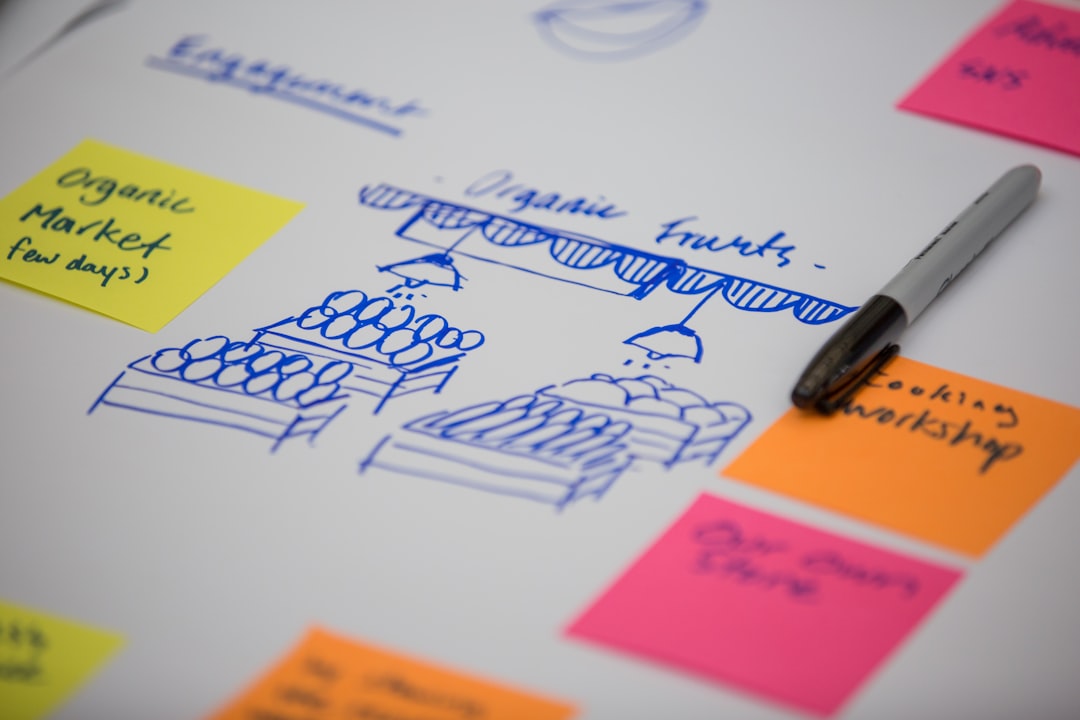In today’s fast-paced digital world, branding is more important than ever. A logo acts as the visual cornerstone of a brand, making it instantly recognizable and establishing a lasting impression in consumers’ minds. But creating a logo that achieves this level of recognition and memorability is no easy task. Traditionally, this has been a job for skilled human designers who spend hours understanding brand identity, color psychology, and design aesthetics. Enter Artificial Intelligence (AI)—a transformative technology that’s reshaping the branding landscape.
So, can AI truly help in creating logos that are not just attractive, but also recognizable and memorable? The answer is increasingly leaning toward a resounding “yes.” Here’s how AI is making its mark in the world of logo design.
How AI Assists in Logo Creation
AI-driven design tools utilize machine learning and deep neural networks to understand vast amounts of design data and user preferences. By analyzing countless existing logos, AI can identify patterns and features that make logos successful. These insights are used to generate logos tailored to a brand’s style, goals, and target audience.
Some of the key features of AI-powered logo generators include:
- Customization: Users can select from a wide array of fonts, colors, and symbols to match their brand identity.
- Speed: Logos can be created in a matter of minutes, a process that might take days or even weeks for human designers.
- Affordability: AI tools are usually more cost-effective, especially for startups and small businesses with limited budgets.
- Scalability: AI can churn out thousands of logo variations, making A/B testing and iteration much easier.

Elements That Make a Logo Recognizable and Memorable
Whether created by a human or a machine, certain universal principles govern what makes a logo effective. These include:
- Simplicity: Simple logos are easier to remember and recognize, even at small sizes or in low-resolution settings.
- Relevance: The design must align with the brand’s industry, values, and customer expectations.
- Uniqueness: Standing out in a crowded marketplace is key to memorable branding.
- Versatility: A good logo should perform well across different mediums—from a smartphone screen to a billboard.
- Timelessness: Logo designs should avoid passing trends and instead aim for a classic and enduring look.
Modern AI tools incorporate these principles by analyzing successful logo designs and learning which visual elements resonate most with people. They simulate these patterns while allowing creative flexibility for each brand’s message and positioning.
AI and the Human Creative Touch
While AI excels at pattern recognition and efficiency, it still struggles with emotional intelligence and abstract creativity—areas where human designers shine. However, instead of replacing humans, AI is best seen as a collaborative partner.
Designers can use AI-generated outputs as a starting point or for inspiration, then refine and adapt the logos with a deeper understanding of human emotion, culture, and storytelling. This hybrid approach often leads to designs that are both optimized and emotionally resonant.

Challenges and Limitations
Despite its advantages, AI-generated logos are not without their drawbacks:
- AI may lack originality, sometimes producing generic-looking logos if not guided properly.
- Cultural nuances and contextual meanings can be missed by machines, leading to inappropriate or misunderstood designs.
- Auto-generated logos might be similar to existing ones, raising potential questions around intellectual property.
These limitations highlight the importance of human oversight in the final stages of design, ensuring that the AI-generated logos are both unique and on-brand.
The Future of AI in Logo Design
As AI continues to develop, it will undoubtedly become more sophisticated in understanding design trends, user psychology, and aesthetic preferences. Future AI systems may incorporate real-time user feedback, eye-tracking data, and emotional reaction analysis to refine logo designs even further.
Ultimately, the synergy between AI speed and human creativity holds great promise. Whether you’re a small business owner looking for a quick branding solution or a professional designer seeking to speed up your workflow, AI offers powerful tools to create logos that are not just visually appealing but truly memorable.
In conclusion, while AI alone may not yet replace the touch of a skilled designer, it certainly serves as a valuable ally. With the right balance, AI can indeed help craft logos that leave a lasting impression in our increasingly digital world.
yehiweb
Related posts
New Articles
How to Half Swipe on Snapchat Without Being Seen
Snapchat is fun. You can chat, snap, and connect with your friends. But, sometimes, you just want to peek at…


